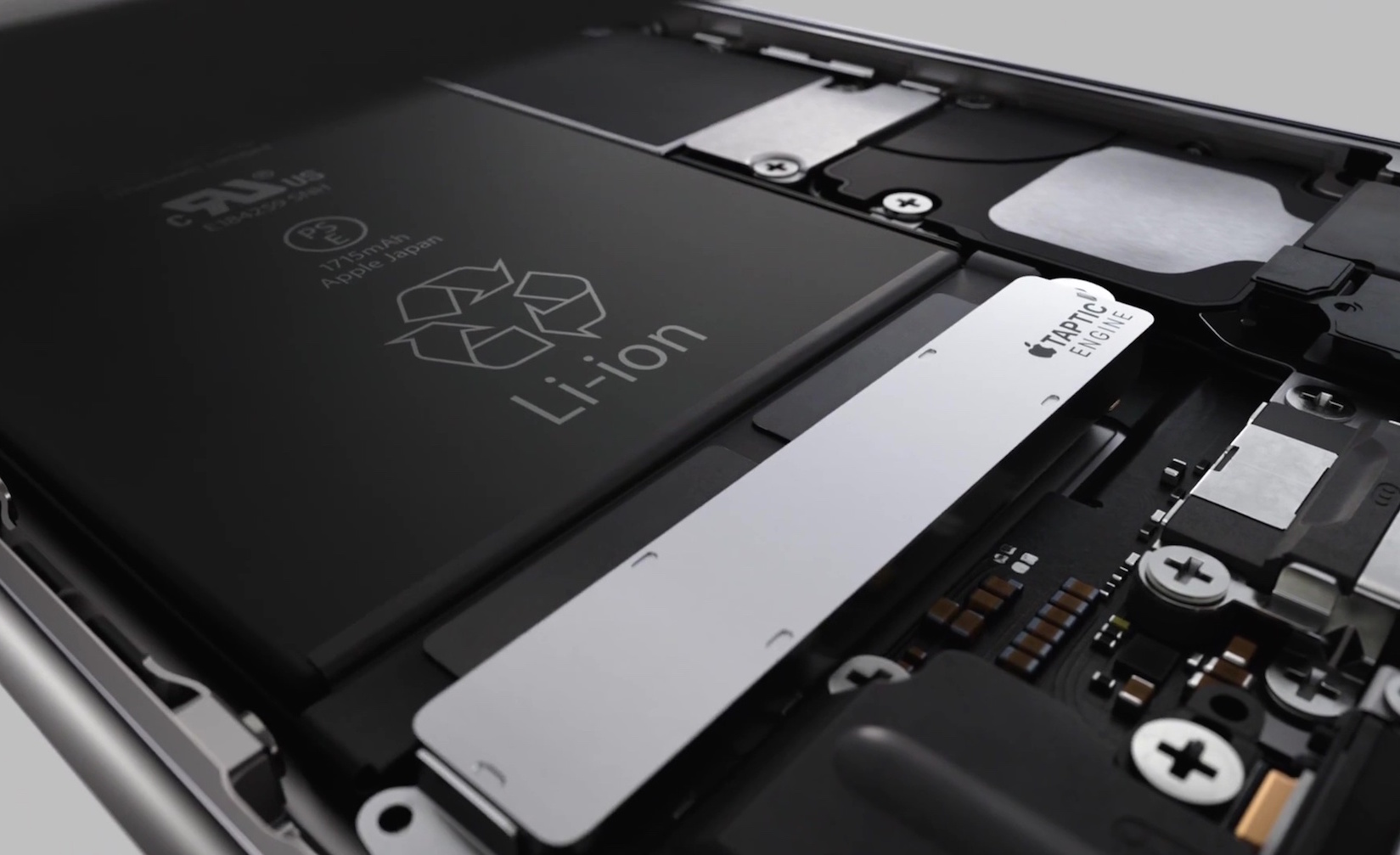[h=1]The iPhone 6s has a smaller battery than the iPhone 6 despite being bigger[/h] September 12, 2015 Kishore Ganesh Leave a comment Edit

An overarching trend can be found in the smartphone industry: Valuing design over function. Meaning that smartphone manufacturers would actually sacrifice battery life in favor of thinner and arguably better looking phones.
Sure, you don’t want to carry around a brick in your pocket, so going thin makes sense. Till a point. You don’t want to be in search of a power socket at every instant either, do you? Manufacturers must know where to draw a line.
Many prefer longer battery life over thinner smartphones, which is why some manufacturers are starting to make bulkier phones with better battery life.
The iPhone 6s, which was announced recently, is thicker and heavier than the iPhone 6, so you would be forgiven to think that it has a bigger battery.
But the iPhone 6s actually has a smaller battery than the iPhone 6 (1810mAh vs 1715mAh), which makes it all the more interesting. Why is the 6s more bulkier? Well, the answer lies in the new layer of sensors Apple had to install under the display, which doubled the weight of the display arrangement.
This does contribute to the increased weight, and another reason for the increased weight may be the stronger and denser alloy used to manufacture the 6s.
Either way, the battery is smaller, but efficiency is up and net battery life is the same. We wouldn’t have minded trading some thinness for a bigger battery, but that’s the way it is. For those of us seeking longer battery lives, we always have phones like the Motorola RAZR Max.
http://techgeekforever.com/2015/09/...-the-iphone-6-despite-being-bigger/#more-5792

An overarching trend can be found in the smartphone industry: Valuing design over function. Meaning that smartphone manufacturers would actually sacrifice battery life in favor of thinner and arguably better looking phones.
Sure, you don’t want to carry around a brick in your pocket, so going thin makes sense. Till a point. You don’t want to be in search of a power socket at every instant either, do you? Manufacturers must know where to draw a line.
Many prefer longer battery life over thinner smartphones, which is why some manufacturers are starting to make bulkier phones with better battery life.
The iPhone 6s, which was announced recently, is thicker and heavier than the iPhone 6, so you would be forgiven to think that it has a bigger battery.
But the iPhone 6s actually has a smaller battery than the iPhone 6 (1810mAh vs 1715mAh), which makes it all the more interesting. Why is the 6s more bulkier? Well, the answer lies in the new layer of sensors Apple had to install under the display, which doubled the weight of the display arrangement.
This does contribute to the increased weight, and another reason for the increased weight may be the stronger and denser alloy used to manufacture the 6s.
Either way, the battery is smaller, but efficiency is up and net battery life is the same. We wouldn’t have minded trading some thinness for a bigger battery, but that’s the way it is. For those of us seeking longer battery lives, we always have phones like the Motorola RAZR Max.
ADVERTISEMENT
What do you think? Which do you value more: Design or function?http://techgeekforever.com/2015/09/...-the-iphone-6-despite-being-bigger/#more-5792
